Y. Chen
Central China Normal University
LLaVAC: Fine-tuning LLaVA as a Multimodal Sentiment Classifier
Feb 05, 2025



Abstract:We present LLaVAC, a method for constructing a classifier for multimodal sentiment analysis. This method leverages fine-tuning of the Large Language and Vision Assistant (LLaVA) to predict sentiment labels across both image and text modalities. Our approach involves designing a structured prompt that incorporates both unimodal and multimodal labels to fine-tune LLaVA, enabling it to perform sentiment classification effectively. Experiments on the MVSA-Single dataset demonstrate that LLaVAC outperforms existing methods in multimodal sentiment analysis across three data processing procedures. The implementation of LLaVAC is publicly available at https://github.com/tchayintr/llavac.
Intelligent experiments through real-time AI: Fast Data Processing and Autonomous Detector Control for sPHENIX and future EIC detectors
Jan 08, 2025Abstract:This R\&D project, initiated by the DOE Nuclear Physics AI-Machine Learning initiative in 2022, leverages AI to address data processing challenges in high-energy nuclear experiments (RHIC, LHC, and future EIC). Our focus is on developing a demonstrator for real-time processing of high-rate data streams from sPHENIX experiment tracking detectors. The limitations of a 15 kHz maximum trigger rate imposed by the calorimeters can be negated by intelligent use of streaming technology in the tracking system. The approach efficiently identifies low momentum rare heavy flavor events in high-rate p+p collisions (3MHz), using Graph Neural Network (GNN) and High Level Synthesis for Machine Learning (hls4ml). Success at sPHENIX promises immediate benefits, minimizing resources and accelerating the heavy-flavor measurements. The approach is transferable to other fields. For the EIC, we develop a DIS-electron tagger using Artificial Intelligence - Machine Learning (AI-ML) algorithms for real-time identification, showcasing the transformative potential of AI and FPGA technologies in high-energy nuclear and particle experiments real-time data processing pipelines.
First Demonstration of Field-Deployable Low Latency Hollow-core Cable Capable of Supporting >1000km, 400Gb/s WDM Transmission
Jun 09, 2021



Abstract:We report order-of-magnitude improvements in performance of field-deployable hollow-core fiber cables evidenced by a 38.4Tb/s (800Gb/s-x-48WDM-channels) 20.5km lab-trial using commercial terminal equipment and the demonstration of 1128km/126km reach in full-fill 400/800Gb/s WDM recirculating-loop experiments.
Control of Flying Robotic Insects: A Perspective and Unifying Approach
Oct 25, 2019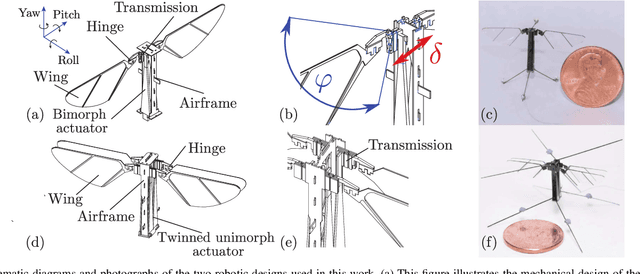
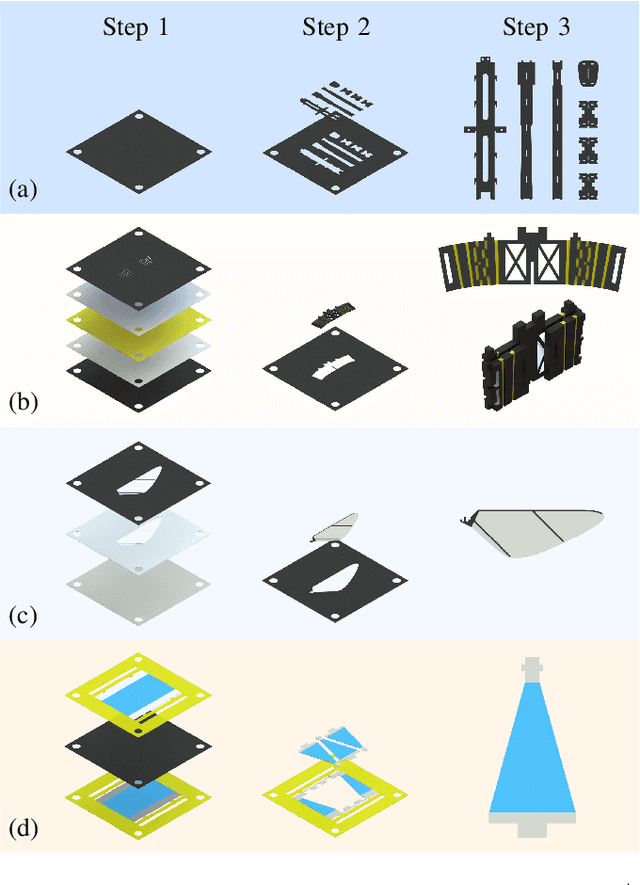
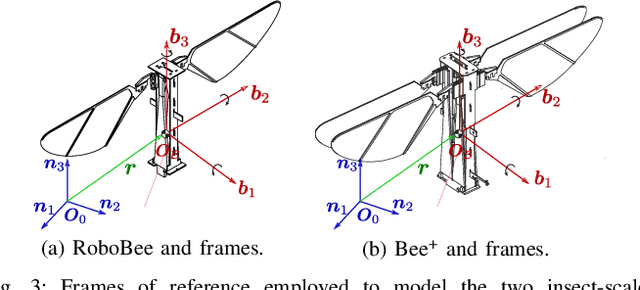
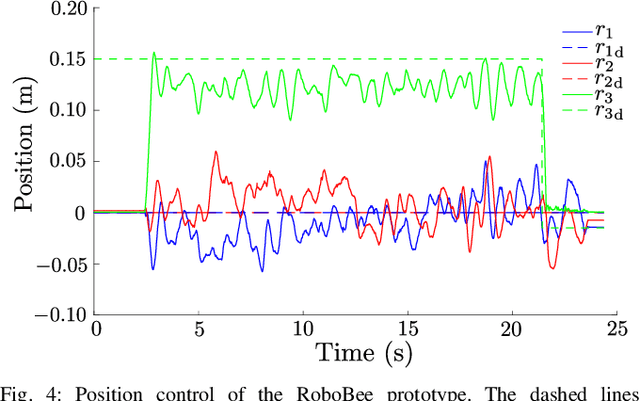
Abstract:We discuss the problem of designing and implementing controllers for insect-scale flapping-wing micro air vehicles (FWMAVs), from a unifying perspective and employing two different experimental platforms; namely, a Harvard RoboBee-like two-winged robot and the four-winged USC Bee+. Through experiments, we demonstrate that a method that employs quaternion coordinates for attitude control, developed to control quadrotors, can be applied to drive both robotic insects considered in this work. The proposed notion that a generic strategy can be used to control several types of artificial insects with some common characteristics was preliminarily tested and validated using a set of experiments, which include position- and attitude-controlled flights. We believe that the presented results are interesting and valuable from both the research and educational perspectives.
A Deep Neural Network for Pixel-Level Electromagnetic Particle Identification in the MicroBooNE Liquid Argon Time Projection Chamber
Aug 22, 2018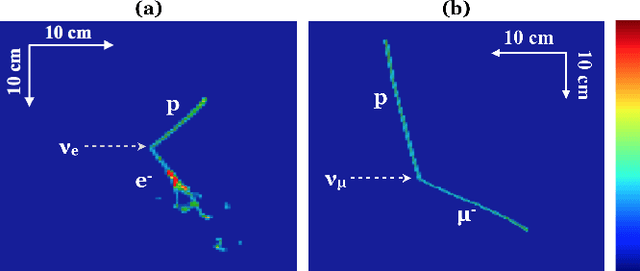
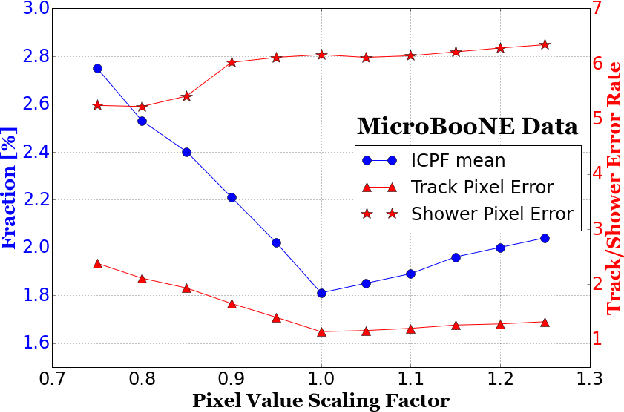
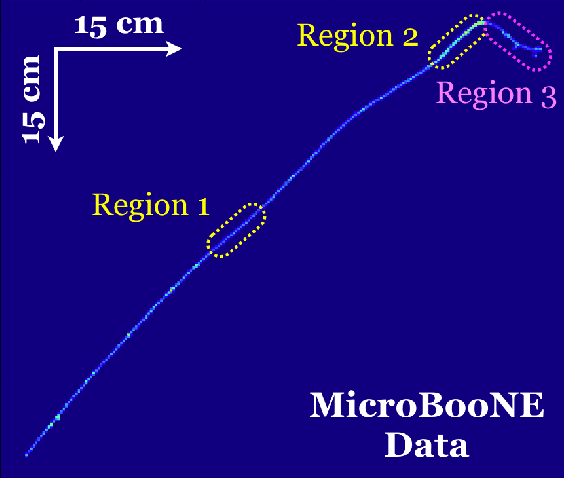
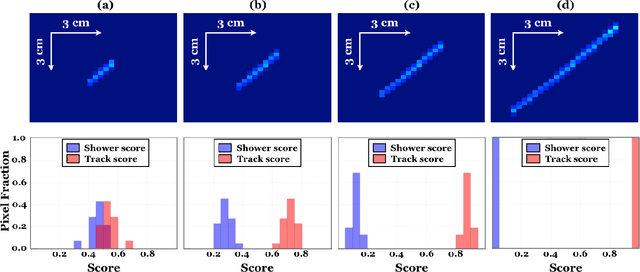
Abstract:We have developed a convolutional neural network (CNN) that can make a pixel-level prediction of objects in image data recorded by a liquid argon time projection chamber (LArTPC) for the first time. We describe the network design, training techniques, and software tools developed to train this network. The goal of this work is to develop a complete deep neural network based data reconstruction chain for the MicroBooNE detector. We show the first demonstration of a network's validity on real LArTPC data using MicroBooNE collection plane images. The demonstration is performed for stopping muon and a $\nu_\mu$ charged current neutral pion data samples.
Discovering Classes of Strongly Equivalent Logic Programs
Oct 12, 2011

Abstract:In this paper we apply computer-aided theorem discovery technique to discover theorems about strongly equivalent logic programs under the answer set semantics. Our discovered theorems capture new classes of strongly equivalent logic programs that can lead to new program simplification rules that preserve strong equivalence. Specifically, with the help of computers, we discovered exact conditions that capture the strong equivalence between a rule and the empty set, between two rules, between two rules and one of the two rules, between two rules and another rule, and between three rules and two of the three rules.
 Add to Chrome
Add to Chrome Add to Firefox
Add to Firefox Add to Edge
Add to Edge